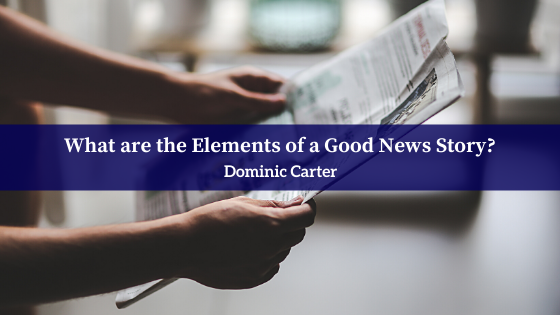When fresh young journalism students start their first college-level journalism class, one of the first things they learn about is what makes an excellent new story.
They then proceed to learn “news values.”
These are the elements of a story that makes it great journalism. There are seven news values:
- Impact – How will the story personally affect the people who read it?
- Timeliness – Is the news current, happing right now, or within the past 24 hours?
- Proximity – Does the news hit close to home for the reader?
- Human Interest – A story that tells something about the human condition.
- Conflict – Compelling news stories are like the plot of a great story. Conflicts show how one viewpoint, force, groups of people, and other factors are at odds.
- Bizarre – When a dog bites a man, that’s not news. When a man bites a dog, that’s bizarre.
- Prominence – Is the story about a prominent person, a celebrity, a powerful politician, or another well-known individual?
A good news story should have one of these news values or incorporate several of them all in one piece.
The 5 Ws
Next, a great news story must provide the full scope of the story. That means offering the “Five Ws” – who, what, when, where, and why. To the Five, Ws should be added “The H.” That’s the “how.” How it happened.
Inverted Pyramid Style
In its most basic form, news stories are written in an “inverted pyramid” style. What this means is that the essential information should go into the top part of the story, and the less relevant or essential information is skewed toward the bottom.
This is because journalists have long known that the majority of readers drop out of a story in the top two or three paragraphs. This is true for both print and electronic mediums. People only read further if they are deeply interested in all facets of the story.
Don’t Bury the Lede
That’s why the opening paragraph of a news story is called “the lede” – pronounced “the lead.” This is the all-important first paragraph designed to hook the reader, capture interest and propel them deeper into the story. If the lede can incorporate the Five Ws and the H, all the better.
You may have heard of the famous phrase used by journalists: “Don’t bury the lede!” That means failing to put the most crucial information at the top of the story.
Why is it spelled “lede” and not “lead?” That’s deeper background information about the inside workings of professional journalists that are best left for another article.
